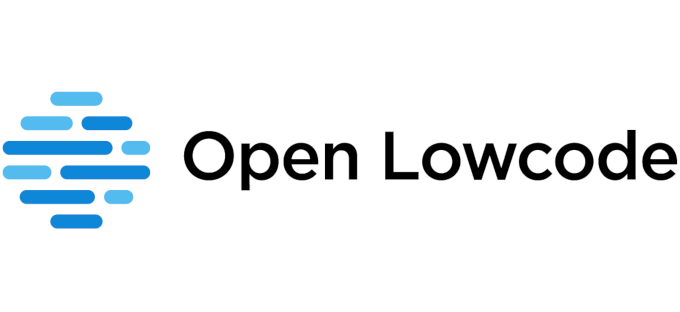Empower your teams with specific software
Large companies now understand that employee engagement is a key to success. I have seen countless examples of people increasing their productivity significantly when motivated to reach a goal, and feeling part of a team. We are not discussing here marginal improvement, sometimes, the productivity can vary by a factor of 2 or 3. This certainly comes from working harder. However a different, proactive, attitude has an even greater influence on the final work, and this proactive attitude can last in the long-term.
Engagement is not just an HR topic
HR departments go at great length to try and improve employee engagement. However, it can only go so far. Indeed, most of the employees experience come from their work tasks, not by the environment setup by HR. When making decisions on the work organization and processes, managers rarely take into account the impact on employees. Many trendy business decisions of the last decade have made work harder and less engaging: outsourcing and externalization, more and more formalized processes that leave no room for people judgment, matrix organizations that diffuse responsibility, to quote just a few. Not surprisingly, on the same period, employee engagement has lowered.
Digital is important
One such area is the choice of business software. The automation of business processes promises significant improvements. Building this software can be a collective effort, with all people involved providing suggestions, and the best ones are implemented in the software. Ideally, you even have software flexible enough that you can try ideas, and rollback them after a few years if they end-up not working.
If teams can have freedom to implement their own digital tools, benefits are two-folds. You are likely to implement the best process possible for your situation, as teams on the field usually know their daily job best. Also, teams will get motivated by this collective effort. The pride that an operational worker will get from having his suggestion implemented is worth ten thousands HR seminars on engagement.

Frustrations of packaged software
Compared to this solution, the implementation of a packaged COTS solution generates many frustrations. The organization needs to change its processes, not for a business reason, but just to fit with the IT tool. Granted, this tool can provide best practices and powerful features, but, generally, the bottom line is negative. This is easily explained as the ideal process depends on the context, history, and also on an organization culture and size, factors that are almost never taken into account by the one-size fits all packaged software.
The bottom line is even more negative taking into account the trauma of transition, and the unnecessary disturbances that will come every 3 to 5 years, when the software editor forces an upgrade.
The opportunity of low-code
This is where low-code solutions can help. They provide a robust framework. It means your local team can develop scalable software without being high-skilled IT architects. And it also ensures your tool will still work in the years to come. Scalability and long-term resilience used to be the main concerns of the local developments, so you should be safe now.
Lowcode tools of course provide all the freedom to actually implement what you need. With Open Lowcode, you define first your data, and build your application around it. 90% of the application is generated automatically, ensuring development costs are limited. And you have full freedom to develop what you actually need for the last 10% of requirements. The tool is fully open-source, ensuring you will have rock-bottom costs when you application has stabilized.




Leave a Reply
Want to join the discussion?Feel free to contribute!